- About Us
- Columns
- Letters
- Cartoons
- The Udder Limits
- Archives
- Ezy Reading Archive
- 2024 Cud Archives
- 2023 Cud Archives
- 2022 Cud Archives
- 2021 Cud Archives
- 2020 Cud Archives
- 2015-2019
- 2010-2014
- 2004-2009
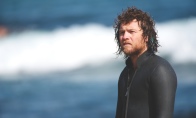 |
(April 2013) The Cud Interview |
Recently The Cud had the opportunity to sit down with Morgan O'Neill, co-director of the new movie 'Drift' (full disclosure: O'Neill and The Cud's editor, Evan Kanarakis, are old friends).
'Drift' tells the story of two brothers in 1970's Western Australia who "battle killer waves, conservative society and ruthless bikers to kick-start the modern surf industry". Based loosely on a true story, the film -also scripted by O'Neill- stars Sam Worthington, Xavier Samuel and Myles Pollard. It wasn't the first collaboration for some of the key players in the production- O'Neill, Worthington and Pollard all attended the National Institute of Dramatic Arts (NIDA) together back in the 1990's, and the project itself had been Pollard's baby and in development for several years.
'Drift' is the third feature O'Neill has now helmed (he directed 'Solo' starring Colin Friels in 2006, and 'The Factory' with John Cusack in 2012) and in a wide-ranging interview he spoke with The Cud on topics as diverse as how the movie finally came together, the prospects (and challenges) of working with and directing old friends, keeping true to the 'surf' culture, and the transition from actor and director in his native Australia to becoming based in Hollywood.
Tell us a little about the true story behind 'Drift'. This was a pet project of Myles Pollard's for a while, wasn't it?
'Drift' is the story of two brothers growing up in a small coastal town in the early '70s. They don't fit in and won't accept the path that's laid out for them - factory, pub, factory, pub - until you die. Instead, they roll the dice and focus on the one thing they're any good at - surfing. They figure that with 90% of Australians living on the coast, a business that makes living on the coast better has to be an even shot at working. But they're surfers and hippies, and conservative society doesn't take kindly to their ambitions, and the stage is set for a cultural war that is, in essence, the story of the '70s.
The film's fledgling brand, 'Drift', takes its cue from the real pioneers of the time - Quiksilver, Rip Curl, Billabong. What was really exciting to me as I started researching the material that would ultimately become the screenplay, was that the story of these now iconic brands was so similar. They all started out with young surfers who didn't fit into the world around them, who wanted to make wave riding more enjoyable, and who retreated into back sheds and garages all along the Australian coast and kicked off what was to become one of Australia's most significant cultural exports. In that way, 'Drift' is really a story of barefoot Australian exceptionalism.
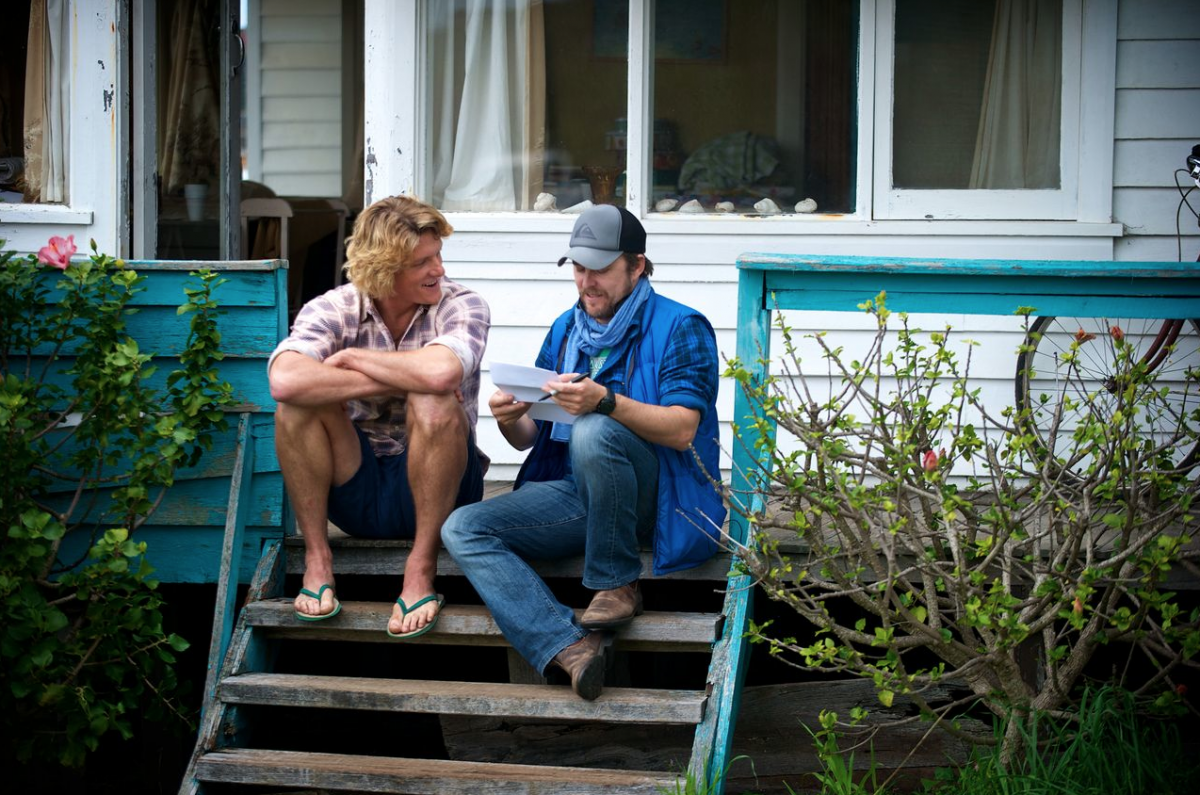
You, Pollard and Worthington all attended NIDA together. What can you share from that experience, and how, so many years on, did Myles first approach you to write the screenplay and, eventually, direct the movie? Given all three of you have busy careers both Australia and the U.S, I imagine there must have been some considerable logistics involved getting everyone together in the one place at the one time to make it happen?
The story of how the film came into being goes back to Myles. He's an old mate, having gone to drama school together many years ago, and a bloke with whom I've worked many times on all sorts of projects from stage to screen. He and Sam are both Western Australian lads, and both mad surfers. Together, they had dreamt of making the definitive Australian surf film ever since I can recall. Fast-forward 12 years and Myles comes to Los Angeles. We have a beer and he declares that he has a way to do it. He'd teamed up with another surf hound producer, Tim Duffy, and together they are going to make it happen. I didn't really believe him at the time, but fast forward another few years and I had agreed to write the screenplay. Another three years and here we are with the film about to be released around the world. Kudos to Myles and Tim for having the tenacity (and naivety) to pursue what is, for most aspiring filmmakers, the most insane of projects. There's a saying in the industry: never act with children and animals... and 40-foot rogue waves.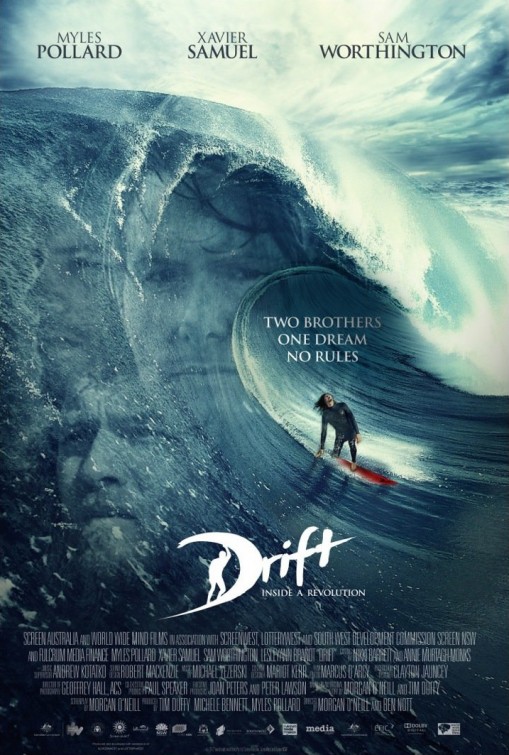
Film financing is always a challenge in Australia. What clinched the 'green light' for 'Drift'? Was it just as simple as being able to have a bankable Hollywood star like Worthington attached to the project?
Films usually get green-lit based on the overall package - script, actors, director, producer etc. But that said, Sam's involvement was pretty key, and again it goes back to Myles and his tenacity. Between first dreaming of the film and ultimately making it, Sam had become a big international star courtesy of a string of massive films including Avatar. He hadn't worked in Australia for 6 or 7 years I think, and Myles convinced him that Drift was the project to change all that. Fortunately Sam responded to the script and the overall vibe of the project (it helped that it was set in his home state of WA) and agreed to come back to help Myles get the film off the ground. Obviously, his involvement created the environment where the insanity of making a period surf film started to feel a little less crazy.
At the very least the subject matter alone should have inspired investors in Australia- as a popular national pastime it's a surprise we haven't seen more cinematic ventures into surfing as tied to the Aussie culture. Why do you think this is?
You'd think so, right? But the bottom line is that filming on water is ridiculously hard and even more expensive. Everything is moving - the camera, the subject, the horizon. Then you have to roll the dice and hope the waves turn up on cue - no easy feat. We were incredibly fortunate in that we shot in the South West of Western Australia during the winter. The waves turned up and then some! In the course of researching the film, I watched pretty much every surf film ever made, and I honestly reckon the surf in 'Drift' is as consistently big and heavy as any narrative film that's come out. We screened it for Ross Clarke Jones (famous big wave surfer) and he thought it was "hands down the best, most authentic feature film about surfing" he'd ever seen. So we're pretty excited that we might have pulled off the holy grail for surf films - where both the dramatic story line and the surfing are both completely compelling.
We sometimes hear the Aussie film industry critiqued for having too many 'down' and 'depressing' films that won't export well (though in recent years 'Animal Kingdom' and 'Snowtown' were arguably exceptions). Are Australian writers and directors too concerned with conveying a sense of 'gravitas' in their work and thus the subject matter appears so heavy laden at times? I've certainly heard a great many Americans wonder why it is that a country perceived as so sun-drenched and 'happy go lucky' aren't exporting more comedies or 'lighter fare' to the rest of the world...
That's a big discussion that warrants its own story. I think there has been a tendency over the last 5 to 10 years to make very dark, very personal films in Australia. And many of them have been exceptional films - 'Snowtown' is a perfect example. The challenge is that their audience, almost by definition, is limited to the type of people who like dark, personal films that pick away at the grizzly seam of life. The fact that the Australian percentage of overall box office is consistently under 5% bears this out. Where I think there's room for growth is in the idea that there are lots of people who go to the movies in Australia who want to be taken on a wild ride, to escape, to laugh, to be removed from the day-to-day, not to be overwhelmed by it. For a while there was a sense that this type of "commercial" filmmaking was a bit of a sell-out, that we should leave that to the Yanks. But I disagree. When we were in negotiations with Screen Australia to get them on board with helping us make Drift, I was very open with them about the fact that I wanted to make a commercial film - I want lots of people to be taken on this amazing, inspiring, heart-pounding story. Screen Oz, Screen West, Screen NSW all ultimately invested in the film and I looked at it in those terms - they're making an investment, they're not giving away money. To me that implies a responsibility on my part as the filmmaker to get their money back and then some. That's the principal of investing in anything, right? The more films that make a return on investment, the more those films can help subsidize the smaller, more art house films that are also vital to a healthy Australian film landscape. End of the day, I don't think there's anything murky about trying to make a film that appeals to lots of people. I spent many thousands of hours telling this story - why not aspire to telling it to as many people as possible.
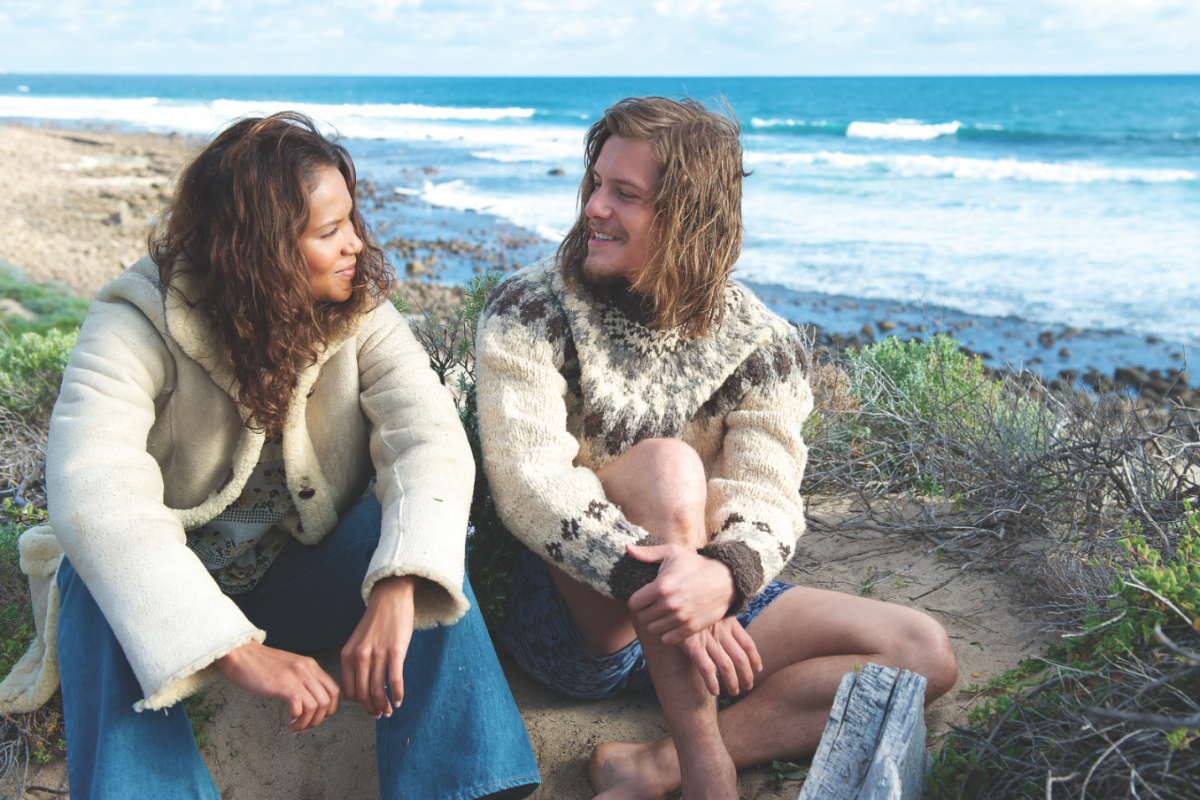
You co-directed this movie with Ben Nott. How did you juggle the shoot in this respect? Given you had already directed two features previously on your own, how does one approach a directing collaboration like this?
I'd be lying if I said I wasn't nervous at the prospect of directing alongside another person. It's a stressful gig, and I was anxious about how two people's vision of a story would possibly meld together. I had nightmares about on-set meltdowns as the directors went at each other with fists flailing. The reality was the complete opposite. It was incredibly easy and exciting and fun, and we've not had an angry word in the whole time we've worked together. Because of the nature of the story we were telling, and the fact that we didn't have lots of spare cash lying around to shoot the drama first and the surfing after, we ended up with a 32-day schedule that had to cover everything. That meant that we needed to run two units simultaneously. Once we accepted that, we naturally fell into the roles that played to our strengths. Ben is a highly acclaimed ad director, as well as a life-long surf hound, so he naturally gravitated towards the surf elements. My background is in drama, so I took the reigns of everything that happened on land. That said, we were constantly across what the other guy was doing, offering suggestions, acting as a sounding board, helping out where we could. It was a really symbiotic relationship, and fair to say that the film would have been impossible to make were it not for that division of labor.
Were there any issues that came up in directing people you already knew?
I think directing people you know can be fraught with danger. You need to be able to step away from the familiarity in order to get the performance that you need. You can't play nice just because there's a relationship there, as it makes it impossible to direct everyone else on set. The advantage, however, is that you can really access touchstones that are more personal to the actor, to "push their buttons" if you like. I think especially with Myles, that was key to where we went with his character. I'd be lying if I said there weren't some fraught moments - we're both pretty front foot guys - but the proof of the pudding is in the tasting, and I really think Myles's work in this film is top shelf. I wonder if the emotional depth that he brings to the role would be possible were it not for our personal history, and for my ability to get under his skin and push him into places he wasn't comfortable going.
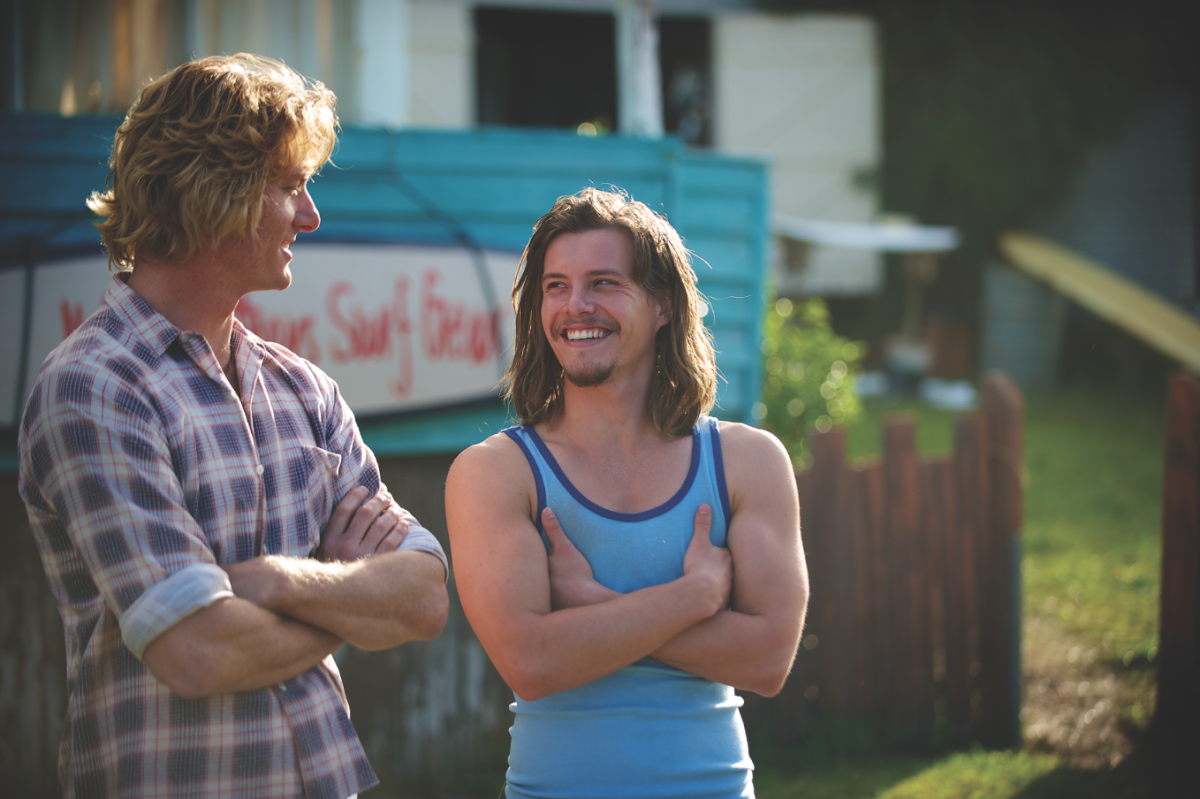
The 'surf film' genre has seen mixed results in the past- did you look to any in particular features or documentaries for inspiration, or did you try and avoid looking at the movie as a genre piece at all?
We watched them all and came together as a creative unit - me, Ben, Myles, Tim and producer Michele Bennet - and decided to set the bar high. Where so many surf film fail is often that the surfing is great but the story sucks, or the story is good but the surfing is totally inauthentic. We set out to make a film that is as compelling for a non-surfer as it is for a surfer, where the surfing is as utterly compelling as the drama. It's not for me to say whether we achieved this, but from the responses we've been getting in early screenings, I think we got pretty damn close!
One criticism that has certainly been directed at previous surf movies has been the lack of authenticity in a great many of the surf sequences. Was this something that you wanted to really focus on in 'Drift'? It must have helped that both Sam and Myles are surfers themselves, but I imagine (especially for Worthington) that there are more than a few Hollywood agents and studios who wouldn't have wanted him going anywhere near doing his own stunts/surf scenes. Was there even an insurance hurdle to overcome in this respect?
It certainly helped that Myles and Sam were not only surfers, but really familiar with the breaks down in Margaret River, having surfed them for years. It also helped that Margs is a Mecca for surfers, allowing us to use a bunch of super talented locals to fill out the ranks of the other surfers in the film. But you're right - this part of the world is known for having really heavy waves. Not surprising given that it's basically where the Indian and Great Southern Oceans collide. It was an ongoing and delicate dance - on the one hand we were very conscious of making sure our actors were always completely safe, but on the other trying to get them in the break surrounded by big, heavy waves. Everyone took a lot of big waves on the head, but to their great credit went straight back out for more.
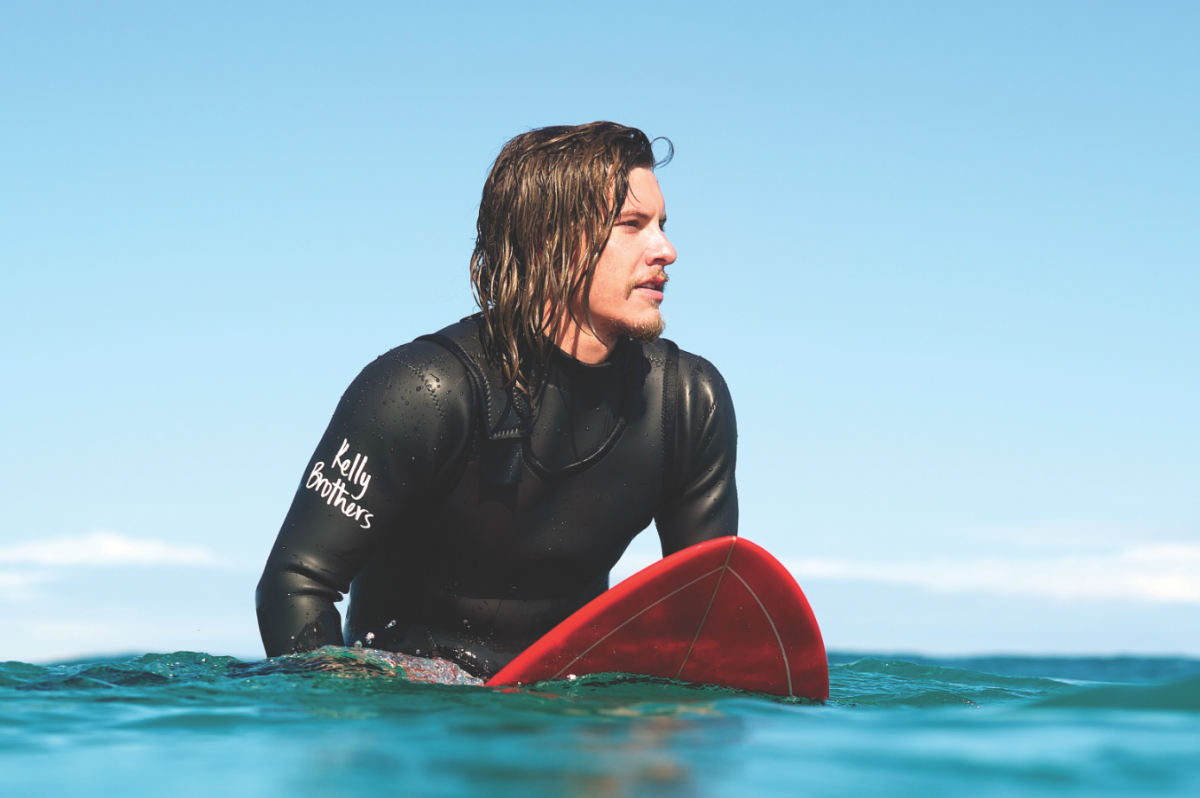
Tell us about Xavier Samuel. Like Sam, he also returned to Australia for this film after finding some considerable acclaim overseas as an actor (in the 'Twilight' movie series). Was he as closely tied to the surf culture as so many others in the cast and crew have been? What made his casting?
Xavier plays the younger brother, Jimmy Kelly - a surf prodigy, creative maelstrom and general fuck up. We looked for a long time until we found Xavier (we tested him shortly after I'd seen his performance in 'September' in which he was extraordinary). He's one of those rare talents that radiates energy on screen - you can't not watch him. He's also one of the nicest people I've had the pleasure of working with, and I'm so excited with how he turned out in the film. He's nowhere near as accomplished a surfer as the other lads, so he really had to suck it up the most, given that he has a lot of surf scenes in the film. At one point he ended up being pounded onto the dry reef and only managed to get off it with the aid of a jet-ski that whisked him off seconds before the next set came through to clean him up. To his enormous credit, they patched up his cut feet and he went straight back out into the line up. That story encapsulates both Xav and why I love making films in Australia.
What can you share about the process of seeing your written word transformed onto screen, and how much of that do you see changing not just in redrafts and table readings, but literally minutes before and while the camera is rolling?
I think filmmaking is a constant process of refinement. The film is written, then re-written dozens of times before anyone else sees it. I think we shot draft 10.5, which means there have been ten big re-writes plus innumerable small re-writes along the way, spanning 18 months. It then gets re-written in pre-production as you realize that you don't have the time/money/light to shoot that script, and have to surgically remove scenes while tying not to hobble your story. It then gets re-written again when you realize that you can't get a location that was essential to a particular scene. For instance, the opening scene of the film shows the Kelly family escaping from Sydney and driving across the Nullarbor to get to WA. We had planned to shoot the sequence over several days in rural NSW, Kalgoorlie and South Australia. Ultimately we ended up shooting it against a green screen in the Bussleton fire station, in under two hours. It then gets re-written as actors come on board with their suggestions (some good, others not so much...), then it gets completely re-written again in the edit as you work to find the right rhythm for the story. This often involves losing scenes you love for the sake of the overall film. I think the trick is to not be precious about your words. They're a guide to the story you're telling, not the story itself.
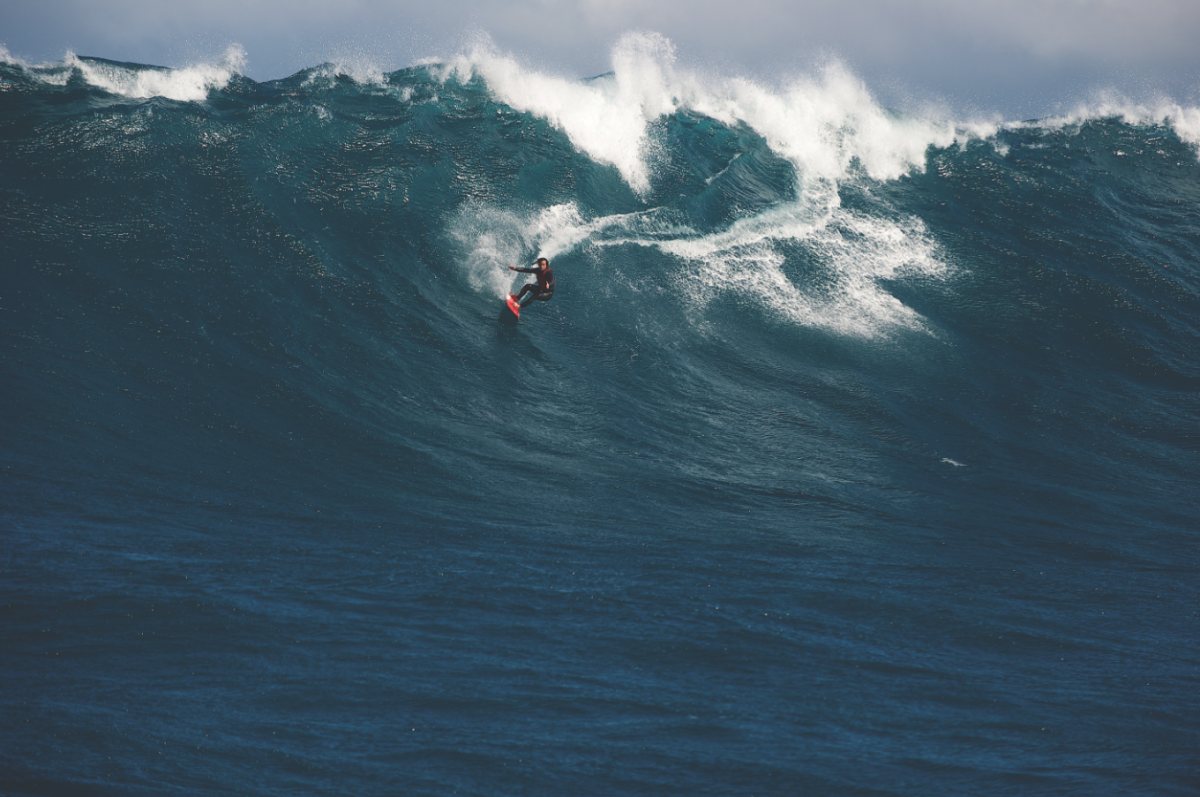
With a film where surfing is at the heart of the entire story, the aforementioned surf sequences must have of course been a challenge to shoot. I imagine they were also a challenge to edit?
The surf scenes were particularly challenging to edit, as each scene would combine waves from not only different days, but often different breaks! Ben and I were meticulous in the way we boarded out those sequences to make sure that we had the pieces to allow us to make it look seamless, but you're never completely confident until you see the pieces laid into place. The other nerve-wracking element comes from the many different camera formats we used depending on what shot we were going for - everything from GoPro to Lumix to Canon 5D to Red and 16mm film. It wasn't until we got into the DI (which is where the film is graded for colour), that we were able to relax in the knowledge that they all meshed together into a seamless whole. That really is the magic of cinema.
The movie premiere took place in Yallingup, Western Australia in late March. It seems the community was tied closely in many ways to the making of this film…
We didn't make things easy for ourselves, insisting that we shoot in a pretty remote part of the world. One of the obvious challenges was that we weren't able to fly in actors for all the roles. Outside of the main players, we were going to have to cast it out of Margaret River locals. As it turns out, it's one of the things I'm most proud of. So many of the smaller roles are locals who just threw their hat into the ring and had a go. Screening the film for the community in Yallingup was such a thrill as a result - every second minute there'd be a hoot go up from somewhere in the audience as someone would recognize a mate, or a mate's panel van, or the classic single fin board they lent us. It really feels like that community is deeply stitched into the fabric of the film and for me that's one of its most potent charms.
Finally, what's next for you? You started out as an actor. Does that still itch for you at all, or are writing, directing and producing your main focus moving forward?
I'm getting close to deciding on my next project. It's down to two films I wrote - a psychosexual thriller and a bank heist film set within the Lebanese Civil War. I'm trying hard to work out how to make them back in Oz as my experience on Drift made me realize how great it is to work back there.
In terms of the acting thing, I still keep my hand in there. I have a little cameo in Drift, hidden beneath one of cinemas all-time worst mustaches. It's never stopped being a passion for me, but the control freak in me has a hard time sitting back waiting to be allowed to work, which is an actor's dilemma. I'd much prefer to go out and make it happen. Just like the guys in Drift!
‘Drift’ opens in Australian cinemas nationally on May 2nd and in the United States on August 2 (and comes out on premium VOD in the U.S July 2) through Lionsgate/Wrekin Hill .
